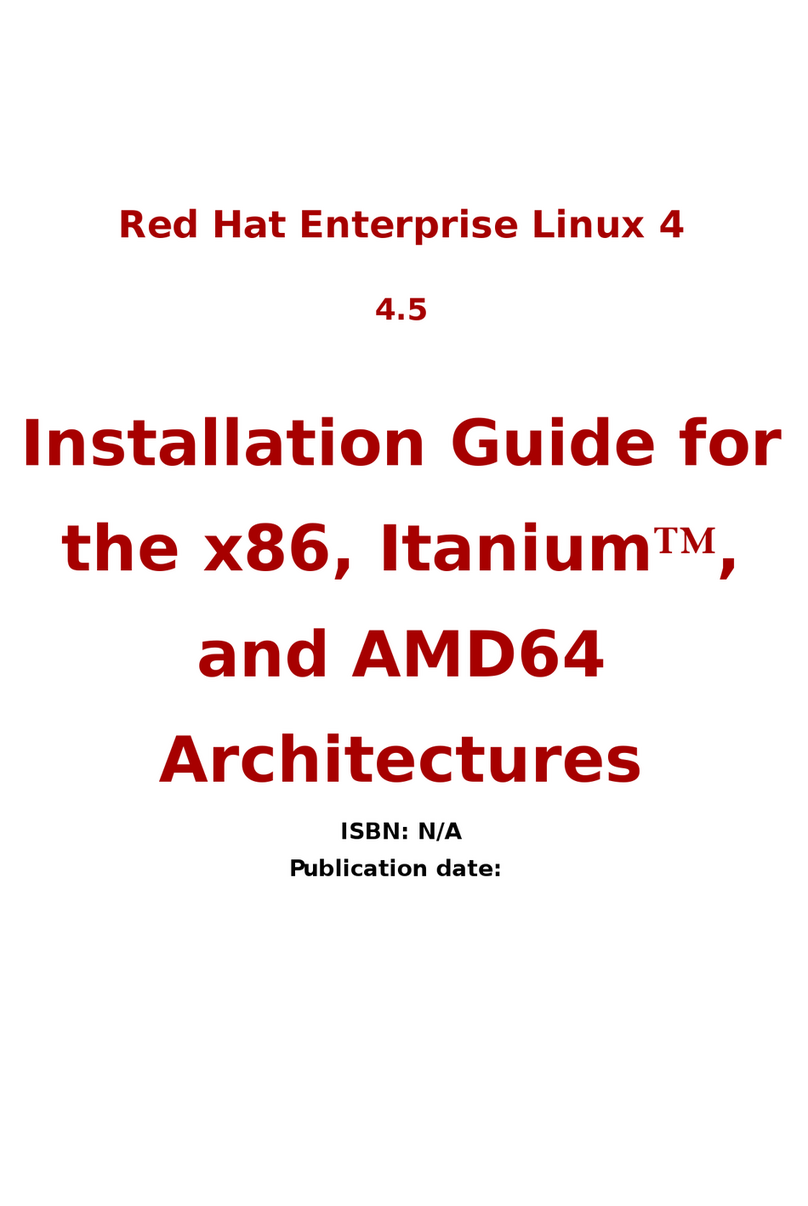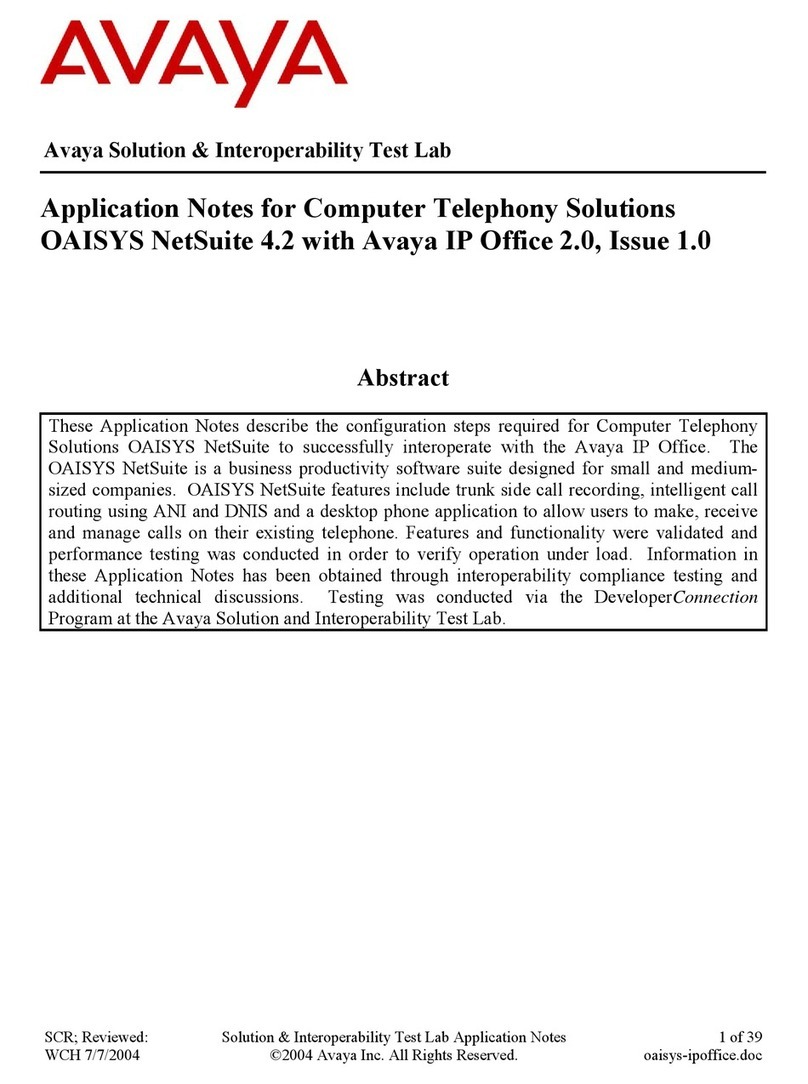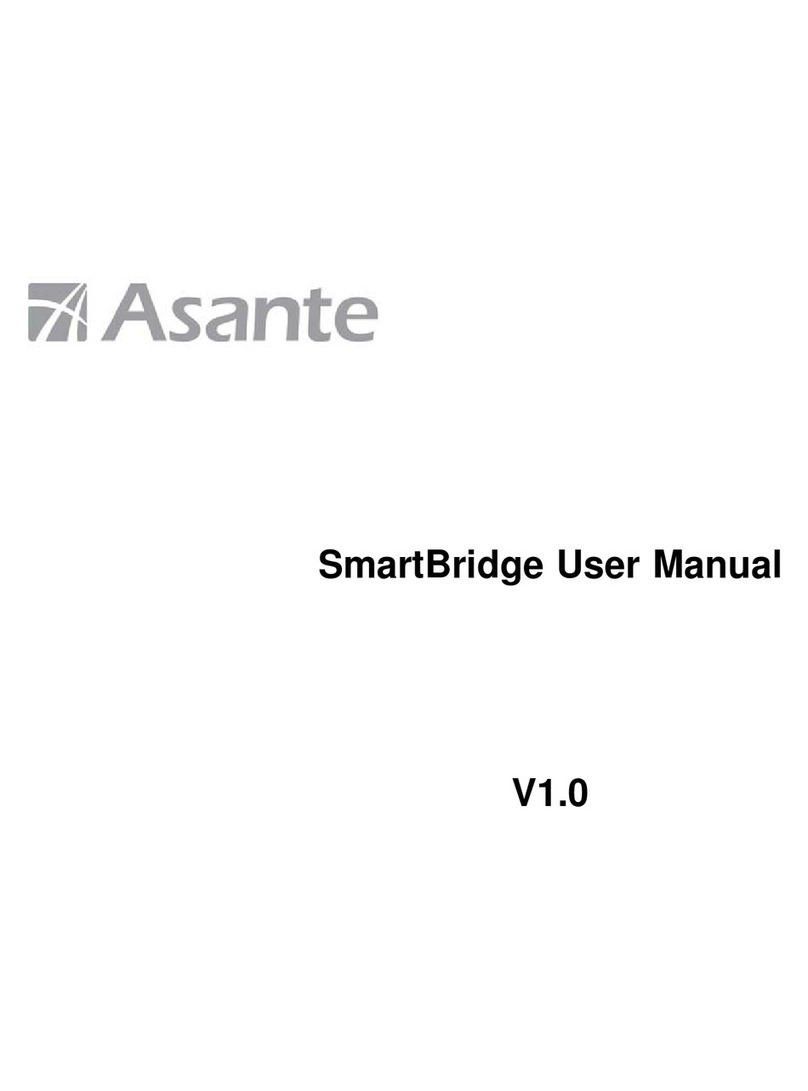
PAGE 1
Introduction
With the explosive growth of high-volume web sites, software-as-a-service (SaaS), cloud
computing, and other emerging web-based applications, datacenter workloads have increased
exponentially. The business opportunities that are created from the deployment of these
new applications are substantial, but the demands they place on the datacenter are daunting.
Challenges include unprecedented data growth, large increases in rack space and power con-
sumption, too much time-sensitive data to process in a rapid and consistent manner, inability
to effectively scale to meet demand, underutilized resources, and severe space,
power, and budget constraints.
A software cache and / or persistent key-value store is now a key part of the software infra-
structure of many datacenters. Unfortunately, the traditional caching solutions (such as the
widely used Memcached protocol) and key-value store products are loosely coupled and lack
overall optimization. These products do not adequately address the performance, capacity,
scaling, availability, and power challenges of supporting new Web applications effectively.
Huge advances in multi-core processors, flash memory, and high-performance networking
offer huge improvements in performance and power at the component level. But these new
component technologies are severely underutilized when datacenters integrate them at the
data-access tier. Serious scaling, performance, power, networking, space, and complexity
issues still remain.
To address these challenges and opportunities, new system architectures and solutions that
match the workload, operating environments, and hardware are needed. SanDisk has taken
a breakthrough, holistic approach to harness these powerful technology advances to create
Membrain: a breakthrough software cache and persistent NoSQL key-value store optimized
to take full advantage of flash memory, multi-core processors, and high-performance
interconnects.
Membrain is a high-performance, highly available, cost-effective, and scalable solution that
meets today’s demanding data-access needs. Relative to traditional Memcached and the other
NoSQL key-value stores, Membrain delivers order-of-magnitude improvements in performance,
scaling, downtime, power, and space, while cutting total cost of ownership (TCO) by more than
half. The net result is more efficient and highly-available datacenter operations and the ability
to create new revenue-producing business opportunities based on rapid access to terabyte-
scale data.
Membrain powers production workloads in leading Web facing, SaaS, cloud, and enterprise
datacenters today. Membrain offers, among other things, the following unique features:
Industry-leading throughput, capacity, and data and service availability by tightly integrating
the Memcached protocol with the innovative SanDisk Operating Environment (SOE) and
standard server and flash memory, significantly reducing capital expense, power consump-
tion, rack space, and networking requirements;
Comprehensive data and service availability through a rich set of high-availability/disaster-
recovery (HA/DR) features, including Persistent Caching, Active/Active Replication, RAID,
and Backup & Restore; and
100% memcapable compatibility with all existing Memcached client libraries, applications,
and tools, making it easy to integrate into existing environments.
SanDisk customers highly value the consolidation and TCO savings afforded by Membrain. For
example, using Membrain instead of traditional DRAM-only caching brought a social networking
company a 10:1 reduction in the number of servers and a media company a 12:1 reduction in
the number of servers needed to service the same workload. Membrain customers enjoy large
savings in TCO, power, space, and application complexity.































